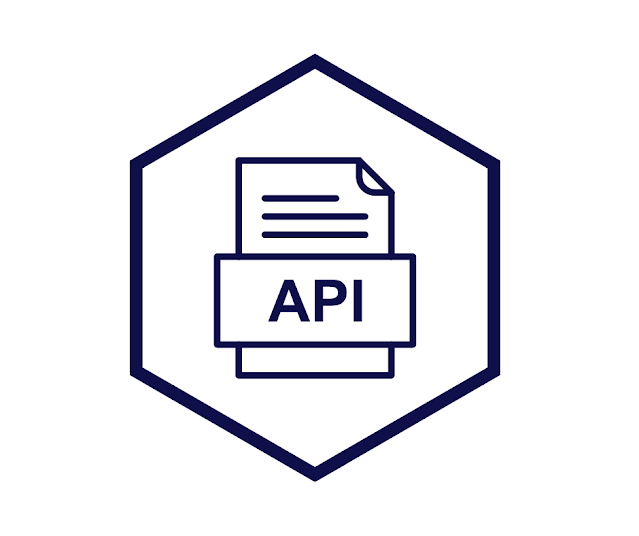Lending APIs are a series of protocols and routines that allows both traditional and non-traditional lenders to access various credit decisioning data to their loan approval software.
In today’s lending environment, APIs provide access to the data banks, alternative lenders and other financial institutions need to safely engage with potential borrowers. In this blog post, we will share everything you need to know about lending APIs.
What Are APIs?
APIs are not new in finance, but they are the future. It is used by banking and non-banking lenders to get a deeper and more efficient experience of their customers, collect their customers’ financial information, and company's financial position. Also, today financial data APIs are used to speed up the loan application process, gain insights into a business behavior, get the full picture of a business's past, present, and future finances, determine customers’ creditworthiness and make informed lending decisions.
There are mainly three types of APIs that provide different features and solutions to banks and other financial institutions.
Private APIs - Simply put, a private lending API is devoured inside a financial institution and not planned to be presented to consumers outside of the institution. It is one of the most commonly used APIs within traditional banks. It helps improve collaboration and internal communication, enhances operational efficiency, and identifies where problems are in a lending process.
Partner APIs - These APIs typically occur between a specific third-party partner and a lender. They are not available publicly and lenders need special permission to access them. Partner APIs allow for expansion, particularly corresponding to new channels, products, etc. For example, through a partner API, a bank or non-banking financial institution could work with a separate third-party company generally a Fintech to gather customers’ financial, accounting, and cash flow data. This helps lenders to streamline the application process, increase efficiency, determine borrowers’ creditworthiness and make intelligent lending decisions.
Open APIs - It is a publicly available application programming interface that makes business data available to third parties. Open APIs are used by financial institutions to boost customer engagement and attend to customer needs in a secure, nimble, and prolonged method.
The Relation Between APIs and Lending Institutions
If you’re a bank or an alternative online lender or a non-banking financial institution, you know how imperative it is to provide a seamless customer experience. In today’s lending scenario, the demand for banking applications is increasing day by day. After all, customers want to engage with a financial institution that can offer easy and quick services.
Today, banks and other lending institutions are leveraging the benefits of APIs to streamline their application process and provide a more efficient experience for their existing and new customers.
You can use an API to analyze real-time, short-term, and long-term cash flow forecasting data. Besides, it is used to see a precise picture of your borrowers’ future financial health and reduce administrative hurdles concerning managing your job.
Today, various fintech companies are creating innovative APIs for banks and bringing a revolution in business lending. By providing powerful partner APIs, fintech is helping financial institutions to enhance function, speed, and efficiency.
Examples of API in Lending
ForwardAI is a partner API for lenders that deliver the most robust accounting, financial, and cash flow predictive data for small business lending. With the help of this innovative API, lenders can accurately predict the future of the financial health of small businesses faster.
It offers a precise picture of a small business’s future financial health based on hundreds of forward-looking data points. Lenders can also integrate this in real-time with all of the major accounting software systems.




Comments
Post a Comment